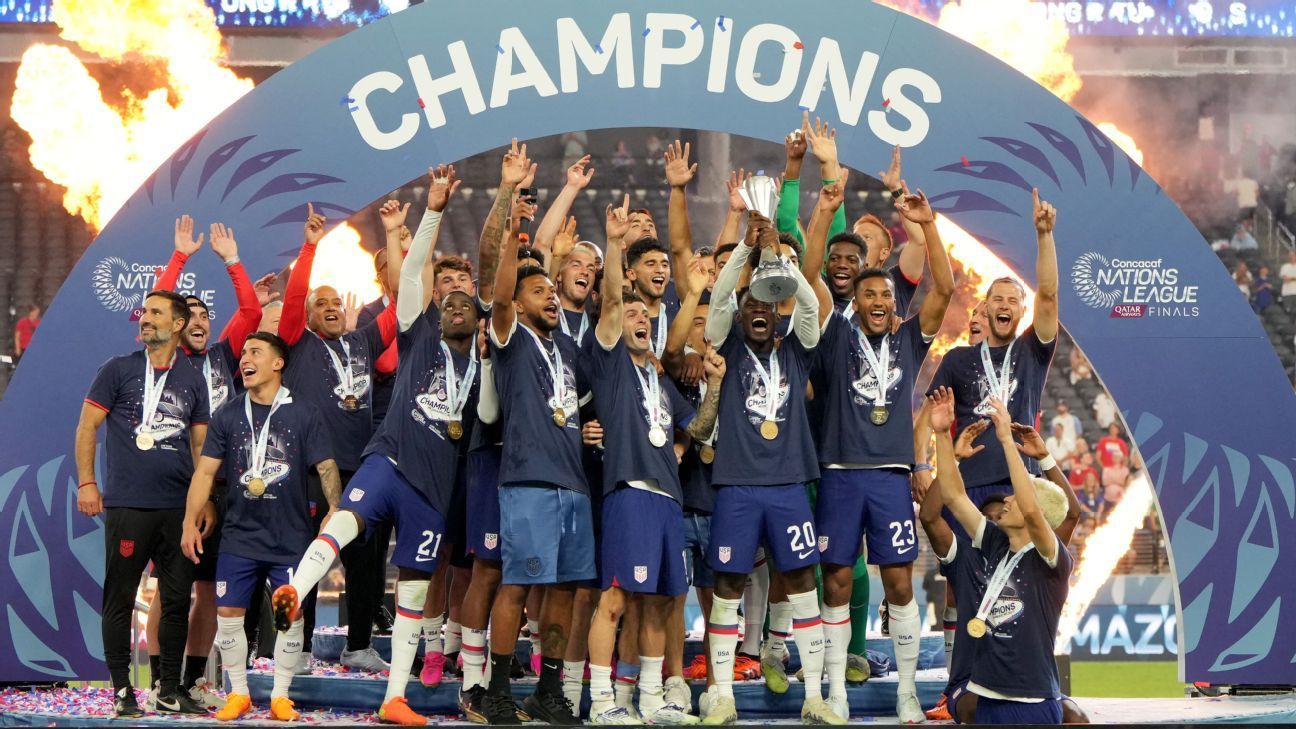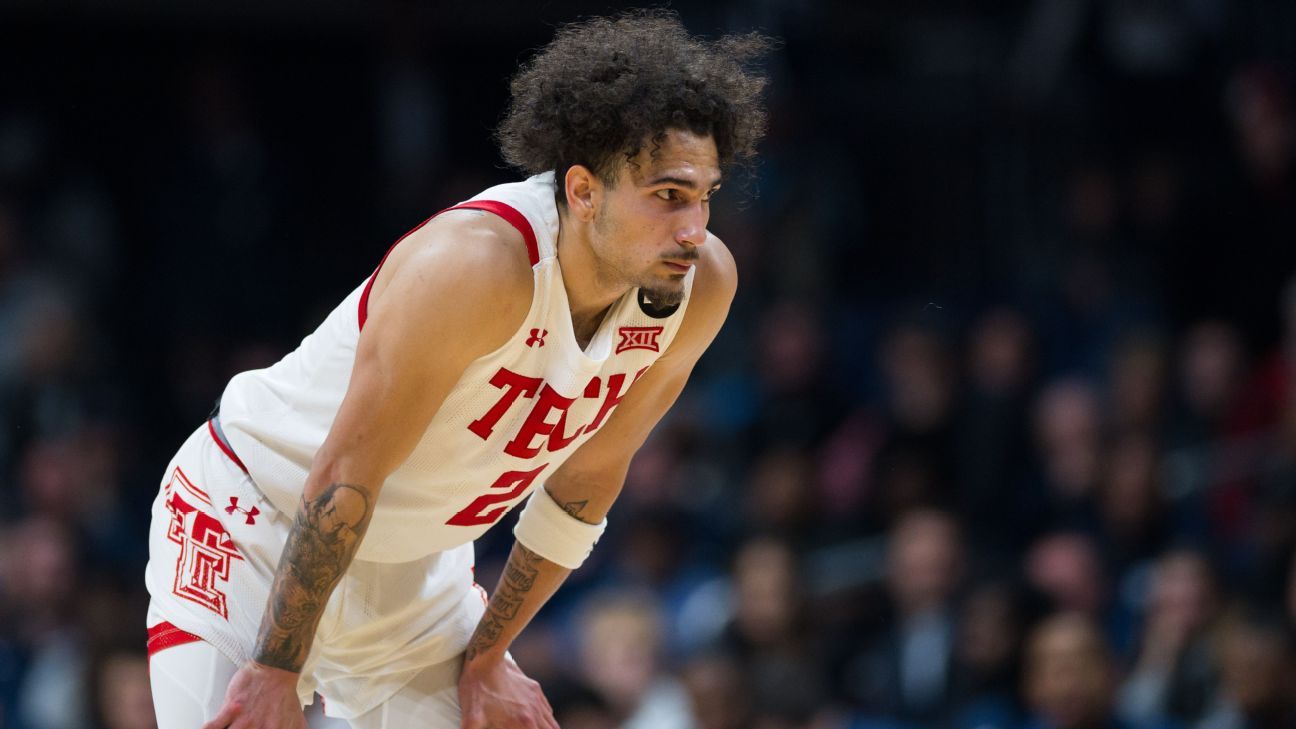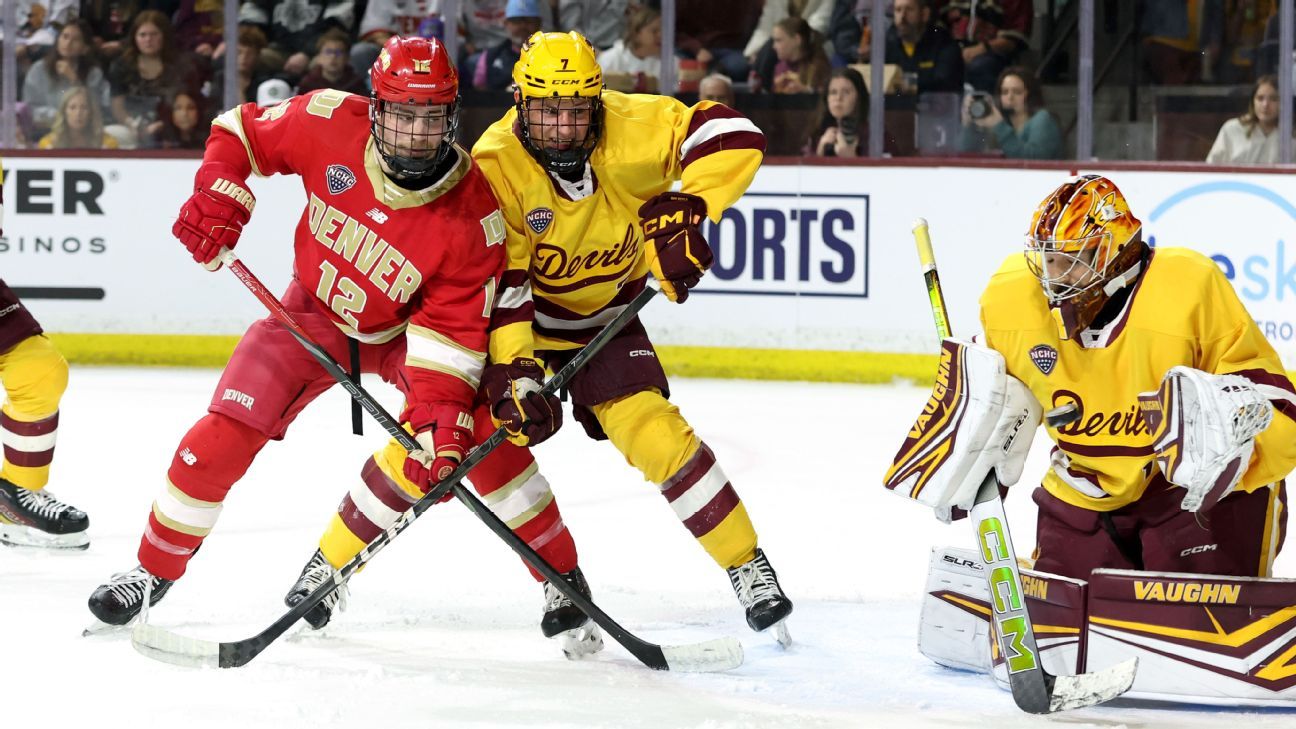When the U.S. men's national team faces Jamaica in the Concacaf Nations League semifinals on Thursday, they will look to take the next step toward a third CNL title.
The United States claimed the inaugural edition of the tournament in 2021, when it defeated Mexico 3-2 in overtime, and maintained its dominance on the trophy two years later with a 2-0 victory over Canada. A win against Jamaica and a victory in the subsequent final three days later will cement the United States' status (at least in CNL terms) as the Kings of Concacaf.
Win or lose, however, there is one question that must be asked regarding the US and the Nations League: To what extent, if at all, do the Americans (and other major League teams) benefit? region) when participating in the competition, especially ahead of the 2026 World Cup?
The positive aspects of the CNL for the entire region (and for the 41 member associations of Concacaf) are clear. The League of Nations is a vital engine for the development of the national teams of Central America and the Caribbean. Before the introduction of the Nations League, some countries would go several years without their men's national teams playing a match. The Cayman Islands, for example, did not play a single match from April 2015 to August 2018.
“The Nations League ensures that all our members will have the opportunity to play more and compete more, which in turn will drive further development of the sport at all levels,” said Concacaf president Victor Montagliani when the League was announced. creation of the tournament in March. 2018.
– Stream on ESPN+: LaLiga, Bundesliga, more (US)
The following years have confirmed it. The CNL is divided into three staggered leagues (A, B and C), with promotions and relegations between them depending on the final position in each group. The winners of the League A groups will face off to determine the CNL champion. That ensures that all countries receive a constant flow of games. Thanks to the Nations League, the Cayman Islands played five matches in 2023 alone.
The CNL's value proposition for the United States, Mexico and other major teams in the region is not so clear. What would be better: playing a knockout tournament against well-known rivals or a high-profile friendly against teams like Brazil or Spain?
During a conference call with reporters last week, that same question was posed to U.S. men's national team head coach Gregg Berhalter. He said he sees value in both types of matches. In a knockout-style tournament, Berhalter said the vibe is different given the possibility of overtime and penalties.
“There's no margin for error and learning that over and over again is invaluable for a group,” he said. “And then playing against high-profile opponents like Colombia and Brazil is also part of the plan, and I think the fans will be able to see those opponents. But for our players to be able to experience what it's like to fight in those games and give it a try.” Having success in those games also helps the growth of this team.”
To be clear, the United States isn't always going to beat Concacaf rivals: after all, the Americans lost to Trinidad and Tobago last November. But Concacaf already has the Gold Cup, held every two years, to provide an opportunity for the best teams to face each other in a tournament. Is it really necessary to add another competition to the one that, with some exceptions, is held every year? The redundancy seems obvious.
With the 2026 World Cup fast approaching, a more varied calendar is needed.
“I think it's a no-brainer. Your players have to play against the best teams in the world in order to grow, and that's a fact,” said Hugo Pérez, a former U.S. international who previously coached El Salvador and the U-15 national team. “It doesn't matter if you lose, draw or win, because now you are preparing for a big event like the World Cup.”
Certainly, a potential matchup against bitter rival Mexico brings with it some positives. Rivalry games prepare players for the tougher tasks ahead, but there's also a sense that playing against an unknown team has its benefits.
“The Nations League is your area and you already know it,” Pérez said. “For [El Salvador] For the players it was very important because they wanted to show that they could play against these guys who are worth millions. But then you're on the other side and they're like, 'Oh, come on.' “It's still a Nations League tournament and you have to win, but the mentality is a little different.”
One could argue that in the past, the Nations League had some value because it could serve as preparation for World Cup qualification. Players became familiar with the challenges of playing in the Caribbean or Central America, including weather, travel, hostile crowds, and less than pristine playing conditions. But with Canada, Mexico and the United States co-hosting the 2026 World Cup, that benefit – at least for this cycle – has been reduced to zero, and of FIFA's five international windows each year, the Nations League usually occupies two. . (The 2019 edition of the competition took three, but Concacaf has reduced this commitment in subsequent iterations of the CNL.)
There are also commercial aspects to consider. Concacaf confirmed to ESPN that the CNL winners will receive $2 million, $1 million for second place, $600,000 for third place and $200,000 for the team that finishes in fourth place. However, the current collective bargaining agreement for American players stipulates that they will get 70% of any CNL earnings, so while the USSF would get some money for winning the Nations League, a federation source indicated which is not as lucrative as organizing a friendly. in which television revenue and sponsorship activation would come into play. This is especially true when the world's biggest teams come to town.
The same goes for Mexico, which regularly schedules friendlies in the US thanks to its agreement with Soccer United Marketing.
“The commercial impact that Mexico has playing on American soil against any opponent is amazing,” said Dennis te Kloese, sporting director of Dutch club Feyenoord, who was previously the general manager of Mexico's national teams. “Obviously, with the amount of support from the fans and true supporters of the Mexican team, they always sell out wherever they go. There's a lot of money to be made for the Mexican federation commercially with the friendlies. The challenge and the balance were always a bit of finding the right opponent so that it is also attractive to the players, and not playing against the same opponent over and over again.
“To be honest, playing at home at the Azteca Stadium, against a Caribbean team or whatever, doesn't make any commercial sense. In fact, it costs money.”
Unfortunately for the biggest teams in the region, there aren't many alternatives in terms of scheduling friendlies against the best national teams in the world. With the arrival of the UEFA Nations League combined with World Cup qualification, all FIFA international windows from now until November 2025 are booked in that part of the world. Similar limitations exist in South America thanks to CONMEBOL's marathon World Cup qualifying slate, which spans dates through September 2025. World Cup qualifying campaigns in Asia and Africa, along with World Cup qualification African Nations Cup in 2025, further limit the options.
Looking at the FIFA calendar, there are some areas where the United States could gain an advantage. South America has free dates in October and November 2025. Asia has one in September 2025. With its final round of World Cup playoffs starting next November, there should be more potential opponents available. Africa has a vacancy in June. However, given the moving logistical objective of protecting opponents, nothing is guaranteed.
The United States is not completely stuck when it comes to finding the best competition in the run-up to the 2026 World Cup. There are friendlies in June against Colombia and Brazil. The Copa América will provide additional opportunities against tough opponents. But then it will be two years until the 2026 World Cup, and Berhalter will no doubt want to maximize his opportunities to test his team.
The current landscape in terms of preparation is far from ideal.












